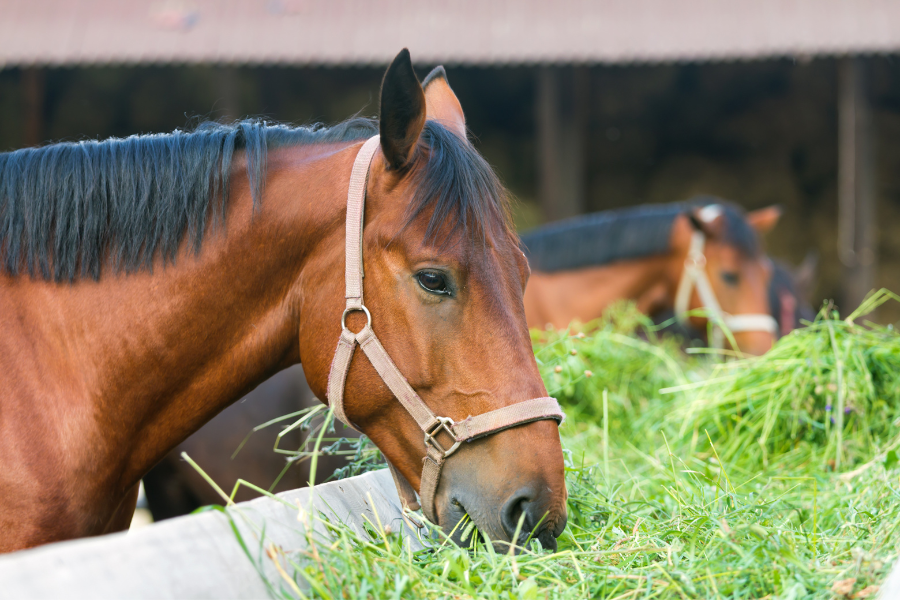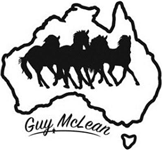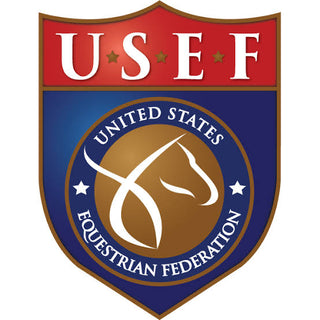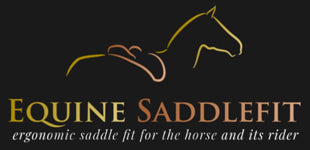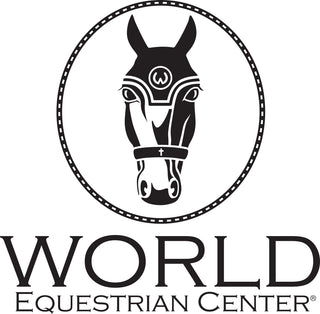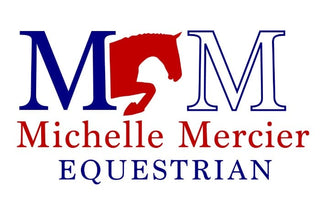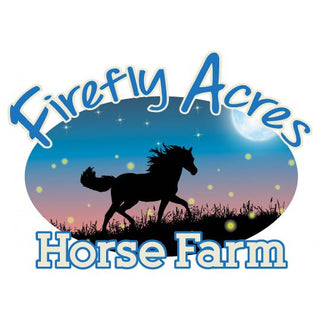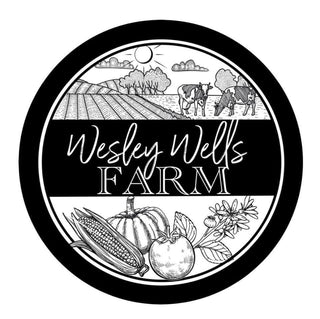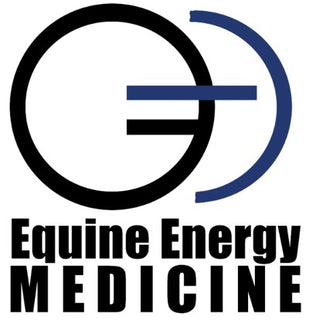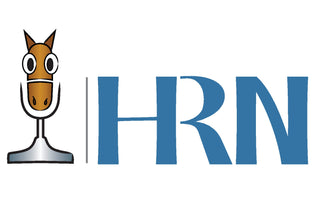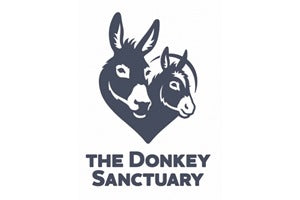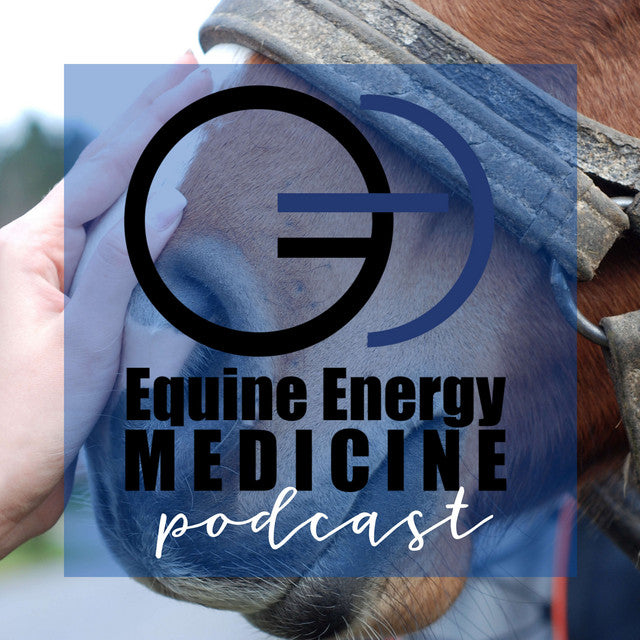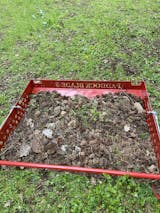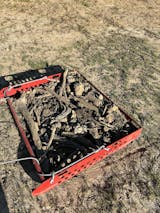
There’s no denying that equestrians care greatly about the welfare of their horses. We go above and beyond to make sure they’re safe and well cared for.
We’re notorious for vet calls at the slightest sign of something being off. We purchase top of the line feed, supplements and equipment. They’re our world.
Yet we leave them unattended wearing halters.
The bottom line here is that even the most well-intentioned practices can sometimes lead to unforeseen risks.
This blog seeks to shed light on why this seemingly harmless action can be detrimental to the animals we love so much, and how we, as a community of horse lovers, can spark positive change.
Why Halters Are Left On
At first glance, leaving a halter on might seem like a matter of convenience. It definitely simplifies catching your horse.
Many believe it offers more control and safety - but I think thousands of equestrians are coming to realize that control over a 1,200 pound animal is an illusion - no matter how much equipment you use.
Leaving halters on comes with a set of risks that often go unnoticed until an unfortunate incident occurs.
Reasons for leaving halters on are different from equestrian to equestrian, but the underlying fact remains: it's a practice grounded more in human convenience than in equine welfare.
Risks Associated with Leaving Halters On
Outdoor Risks:
- Entanglement and Injuries: One of the most immediate dangers comes from the halter getting caught on fences, trees, or other objects. This can lead to panic, resulting in serious injuries or even fatal accidents.
- Pressure Sores and Discomfort: Continuous wear, especially in harsh weather conditions, can cause pressure sores, hair loss, and general discomfort, impacting the horse's wellbeing.
Indoor Risks:
- Choking Hazards: In the confines of a stall, halters increase the risk of choking hazards from getting caught on fixtures, hay nets, buckets, broken boards, etc.
- Increased Risk of Accidents: Close quarters can turn an ordinary halter into a potential trap, leading to accidents and injuries during routine movements.
Understanding the Horse's Perspective

A horse's comfort and safety are central to its overall health and happiness. Constant halter wear can be not only physically uncomfortable but also stressful.
By empathizing with our horses and understanding their need for freedom and comfort, we can begin to see the importance of going halter-free.
Alternatives to Leaving Halters On
The good news is there is an effective alternative to leaving halters on, which can improve both the safety and happiness of our horses:
Training: Investing time in training your horse to come when called or to be easily caught without a halter reinforces trust and reduces the need for constant halter wear.
I know it’s hard to go back to square one, especially if you have a horse that is a challenge to catch. But it's essential for you to think about why your horse doesn’t want to be caught.
I wish I could tell you to just use a breakaway halter - but they don’t always break when needed.
Learning more about your horse and why it doesn’t want to be caught, will help you figure out gaps in your training and learn more about your relationship. It’s all worth it, I promise.
How to Spark Change
Sparking change begins with education and understanding. By discussing the risks and sharing knowledge within our equestrian communities, we can raise awareness and encourage others to reconsider their practices.
Let's remember that change is a journey, and every step towards safer horse management is a step in the right direction.
For those hesitant to remove their horse's halter when they’re turned out or stalled, consider starting small with supervised halter-free time and gradually increasing as you and your horse become more comfortable.
Creating a Community of Responsible Horse Owners

Change is more impactful when it's a collective effort. By nurturing a community of responsible horse owners who prioritize the welfare of their horses above convenience, we can create a supportive environment where change is not only encouraged but celebrated.
Online forums, local equestrian clubs, and social media groups can serve as platforms for sharing experiences, advice, and support.
Workshops and demonstrations by equine professionals can further educate and demonstrate the benefits and practicalities of allowing horses halter-free time.
FAQs
What if my horse is hard to catch without a halter?
Start with trust-building exercises and positive reinforcement training. Many horses become easier to catch when they associate you with positive experiences rather than just being ridden or worked.
Is it ever safe to leave a halter on my horse?
Yes. When supervised or trailering.
How can I ensure my horse’s safety without a halter in case of emergencies?
Keep a well-fitted halter and lead rope at an accessible location near your horse's stall or pasture. Practice emergency scenarios to ensure you can quickly and safely halter your horse when needed.
Can halter-free time benefit all horses?
Yes, all horses can benefit from going halter-free. It provides them with an opportunity to engage in natural behaviors, leading to improved mental and physical well-being.
What steps can I take today to start making a change?
Begin by evaluating your horse’s environment for safety and making any necessary adjustments. Introduce halter-free time gradually, starting in a controlled, safe space, especially if your horse is hard to catch.
Retrain, dedicate your time, and share your intentions with your community and seek support from fellow horse owners.
A Call to Action for Safer Horse Management Practices

The journey towards safer horse management practices starts with each of us. By choosing to leave halters off when our horses are unattended, we not only minimize risks but also improve the quality of life for our equine companions.
As we conclude, let's remember that every small change contributes to a larger impact. By sharing our knowledge, experiences, and successes, we can inspire others to join us in making a positive difference in the lives of horses everywhere.
Let's commit to being advocates for their safety and happiness, one halter-free moment at a time.
Resources and Further Reading
For those eager to continue learning, these are some fantastic starting points!
Equine Welfare Organizations: Many organizations dedicated to horse welfare offer resources, guidelines, and support for adopting safer practices. Engaging with these organizations can provide valuable insights and updates on best practices in horse management.
Veterinary Advice: Consult with veterinarians who can offer professional advice tailored to your horse's specific needs and circumstances. They can provide guidance on safe halter use and alternatives based on the latest research and their clinical experiences.
Training Resources: Look for books, videos, and online courses focused on building trust and improving the ease of handling horses without the constant need for a halter. Positive reinforcement training methods have proven effective and enrich the bond between horses and their owners. When in doubt, consult a local trainer!
Community Forums and Social Media: Online platforms can be excellent sources of support and information sharing. Engaging in discussions, asking questions, and sharing your journey can inspire others to reconsider their practices.
Together, we can make a difference. Let's start today!


